Coffee Connoisseurship for the Modern Man
Coffee, with its rich and complex flavors, has become much more than just a morning pick-me-up. For the modern man, coffee connoisseurship is an art that involves a deep appreciation and understanding of the intricacies of the beloved beverage.
This article will explore the world of coffee tasting, different brewing methods, the importance of coffee quality, the role of baristas and coffee experts, and modern coffee trends and innovations.
The art of coffee tasting is a skill that can be developed over time. By honing your palate for coffee, you can discern the subtle notes and flavors that each cup has to offer. Understanding coffee flavor profiles is essential in identifying the characteristics of different beans and brewing techniques.

Exploring different coffee brewing methods is another aspect of coffee connoisseurship. From the meticulous pour-over method to the robust French press and the intense espresso method, each technique offers a unique experience and flavor profile.
The quality of the coffee you choose plays a crucial role in your enjoyment of the beverage. Sourcing high-quality coffee beans that are ethically and sustainably produced is essential. understanding factors like freshness and roasting levels can significantly impact the taste and aroma of your cup of joe.
The expertise of baristas and coffee experts cannot be overstated. Their skills and techniques in brewing and latte art elevate the coffee experience to new heights. They are passionate about their craft and are dedicated to delivering exceptional coffee to customers.
This article will delve into modern coffee trends and innovations. From the rise of specialty and single-origin coffees to the exploration of alternative brewing methods like cold brew and AeroPress, the coffee industry is constantly evolving. the importance of organic and sustainable coffee practices will be highlighted.
By becoming a coffee connoisseur, the modern man can elevate his coffee experience and savor the nuanced flavors of this beloved beverage. So grab your favorite mug and dive into the world of coffee connoisseurship, because there is so much more to coffee than meets the eye.

Key Takeaways:
- Coffee connoisseurship enhances your coffee experience: By developing a palate for coffee and understanding flavor profiles, you can appreciate the nuances of different coffee varieties.
- Brewing methods play a critical role: Exploring different methods like pour-over, French press, and espresso allows you to experiment and discover your preferred brewing style.
- Coffee quality matters: Sourcing high-quality beans and paying attention to freshness and roasting levels ensures a superior coffee experience with rich flavors and aromas.
- Baristas and coffee experts are key: Skilled baristas can elevate your coffee experience with their techniques and artistry, especially in creating lattes and cappuccinos.
- Stay updated with modern trends and innovations: Single-origin and specialty coffees, alternative brewing methods, and organic/sustainable practices offer new dimensions to explore in the world of coffee.
- Elevate your coffee experience: By understanding and implementing these concepts, you can truly elevate your coffee enjoyment and become a coffee connoisseur.
The Art of Coffee Tasting
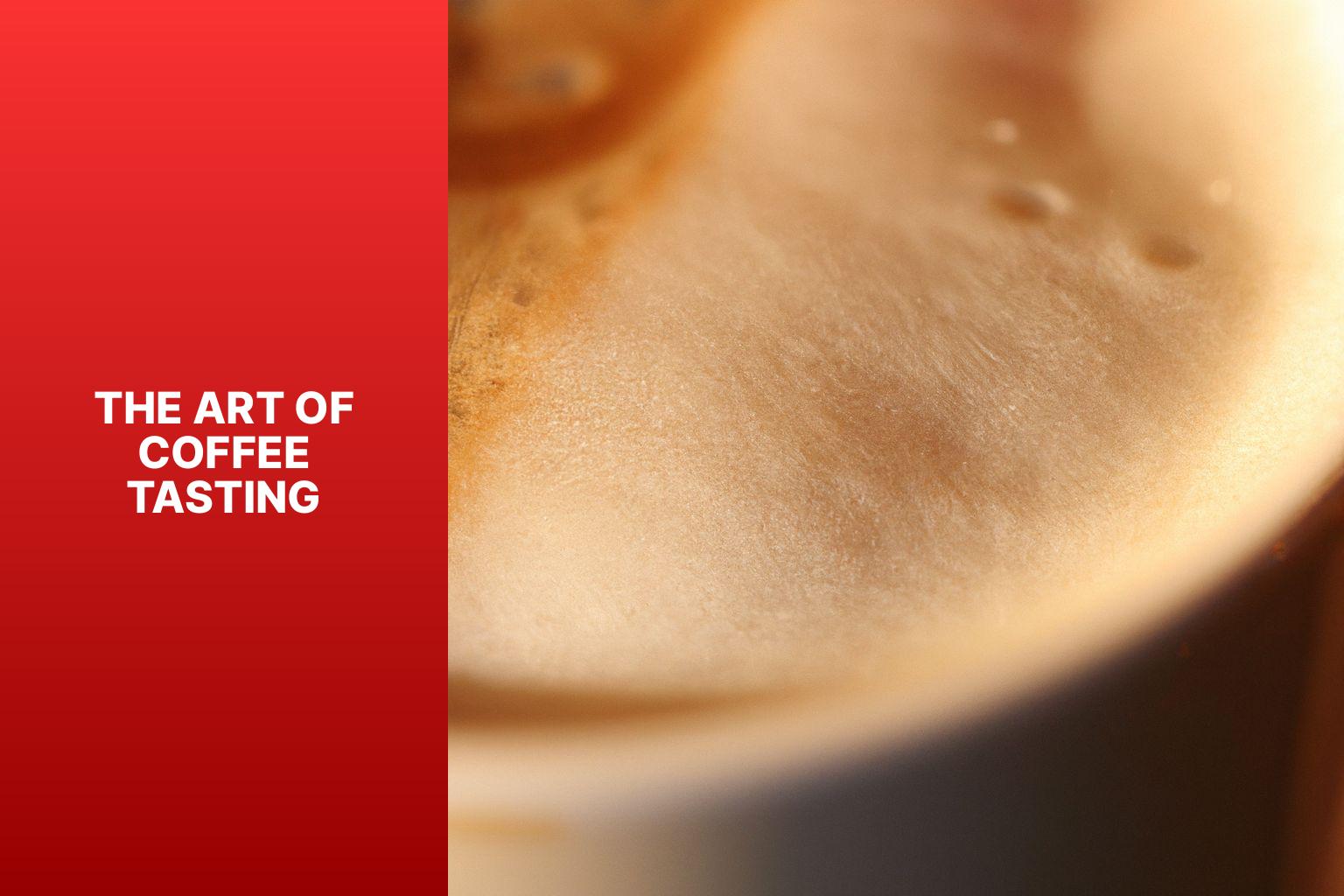
Photo Credits: Www.Moderngentlemanmagazine.Com by Benjamin Rivera
Unlock the world of coffee tasting with “The Art of Coffee Tasting” section! Discover the secrets to developing a refined palate for coffee and delve into the fascinating realm of coffee flavor profiles. Delight your senses as we explore the diverse and indulgent notes found in different coffees. From fruity and floral to earthy and chocolatey, there’s a world of flavor waiting to be explored in every sip. Get ready to elevate your coffee experience to new heights of sophistication and enjoyment!
Developing a Palate for Coffee
Developing a palate for coffee is crucial for any coffee connoisseur. To truly appreciate the intricate flavors of coffee, it is important to train your taste buds and senses. Here are some steps that can help you develop a palate for coffee:
1. Start with a clean palate: Before tasting coffee, avoid consuming strongly flavored food or drinks. This will ensure that your taste buds are fresh and able to detect the subtle flavors of coffee.
2. Try a variety of coffees: Experiment with different types of coffee from various regions and roasts. Explore single-origin coffees, blends, and specialty coffees to understand their unique characteristics.
3. Practice mindful tasting: When drinking coffee, take the time to fully experience each cup. Take in the aroma, savor small sips, and let the flavors linger on your palate. Pay attention to factors like sweetness, acidity, body, and aftertaste.
4. Compare and contrast: Conduct tasting sessions with different coffees side by side. This will help you identify subtle flavor differences and develop a discerning palate.
5. Keep notes: Maintain a tasting journal to record your observations and preferences. This will help you recognize trends and understand your own personal taste.
6. Seek feedback: Attend coffee cupping events or seek guidance from experienced coffee professionals. They can provide valuable insights and help you refine your palate.
Remember, developing a coffee palate takes time and practice. The more you explore and taste different coffees, the more refined your palate will become. With dedication and curiosity, you can enhance your coffee tasting experience and truly appreciate the art of coffee connoisseurship.
Understanding Coffee Flavor Profiles
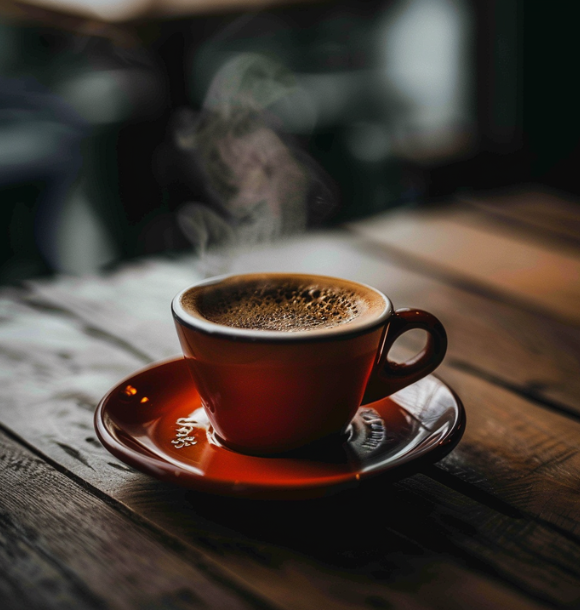
When it comes to coffee, understanding flavor profiles is essential. Different coffees have distinct flavors due to factors such as origin, variety, processing method, and roast level.
1. Flavors of Origin: Coffee beans from different regions offer unique taste profiles. For example, Ethiopian coffee has fruity and floral notes, while Brazilian coffee has nutty and chocolatey flavors.
2. Varietal Influence: Arabica and Robusta beans have different flavor profiles. Arabica beans are complex and nuanced, while Robusta beans are stronger and more bitter.
3. Processing Methods: The way coffee cherries are processed affects the flavor profile. Natural or dry-processed coffees are fruity and wine-like, while washed or wet-processed coffees are clean and bright.
4. Roast Levels: Roasting significantly impacts the flavor profile. Lighter roasts preserve original flavors and acidity, while darker roasts have richer flavors with caramel and chocolate notes.
Understanding coffee flavor profiles helps you navigate the world of coffee and make informed choices based on your taste preferences. Whether you prefer fruity or bold flavors, exploring the diverse range of flavors coffee has to offer enhances your appreciation for this beloved beverage.
Exploring Different Coffee Brewing Methods
Join us on a flavorful journey as we dive into the world of coffee brewing methods. From the smooth elegance of the pour-over method to the robust intensity of the French press, and the bold power of the espresso method, each sub-section will take you deep into the heart of brewing excellence. Get ready to savor the unique characteristics, brewing techniques, and distinctive flavors that each method brings, and elevate your coffee connoisseurship to a whole new level. It’s time to awaken your taste buds and discover the artistry behind every cup.
Pour-Over Method
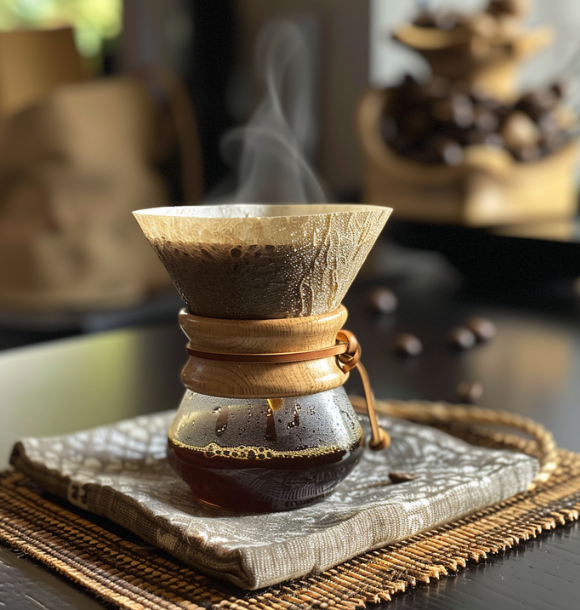
The pour-over method is a precise and effective way to brew coffee, allowing for the extraction of full flavors and aromas. If you want to master the pour-over method, follow these simple steps:
1. Start by choosing high-quality and freshly roasted coffee beans. The quality of the beans will greatly affect the taste of your coffee.
2. Next, grind the beans to a medium-fine consistency. This ensures that the coffee particles are evenly extracted during the brewing process.
3. Prepare your pour-over device by placing a paper filter and rinsing it with hot water. This helps remove any papery taste and preheats the brewer.
4. Now, it’s time to measure and add your coffee grounds to the filter using a scale. Remember to use a 1:16 ratio of coffee to water for the perfect balance of flavors.
5. To bloom the coffee, pour a small amount of hot water over the grounds and let it sit for 30 seconds. This step releases trapped gases and enhances the coffee’s flavors.
6. Start pouring hot water in a circular motion, beginning from the center and moving outward. Make sure all the grounds are saturated for an even extraction.
7. Adjust the pour speed to control the flow rate. Aim for a steady stream of water to ensure optimal extraction.
8. Pour in intervals, maintaining a consistent water level, until you reach your desired coffee-to-water ratio. This step allows the flavors to fully develop.
9. Allow the coffee to drip through the filter and into your mug or carafe. This may take a few minutes, but the wait is worth it for a smooth and flavorful cup of coffee.
10. Once the dripping stops, your pour-over coffee is ready to be enjoyed. Serve it hot and take the time to savor the rich flavors and enticing aromas.
Mastering the pour-over method requires practice and attention to detail. Feel free to experiment with different ratios and pouring techniques until you find the perfect balance for your taste. Happy brewing!
French Press Method

The French press method, also known as the French Press brewing technique, is a great way to brew rich and full-bodied coffee. To make the perfect cup using this method, simply follow these steps:
1. Start by heating the water to the optimal temperature of 195-205 degrees Fahrenheit or 90-96 degrees Celsius.
2. Next, coarsely grind your coffee beans, keeping in mind the recommended ratio of 1:15. You can always adjust this ratio to achieve your desired strength of coffee.
3. Take the coarsely ground coffee and carefully place it in the French press. The coarse grind helps to prevent any sediment from ending up in your cup.
4. Now, pour a small amount of hot water over the coffee grounds to saturate them. Allow the coffee to “bloom” for about 30 seconds. This process helps to enhance the flavors of the coffee.
5. Slowly pour the remaining hot water into the French press, making sure each pour is steady and controlled. This is where the magic happens, as the water extracts all the delicious flavors from the coffee grounds.
6. Once all the water is added, place the lid on the French press without pressing down. Let the coffee steep for about 4 minutes. Feel free to adjust this steeping time according to your personal preference.
7. After the steeping time is up, slowly press the plunger down, separating the coffee grounds from the liquid. This step is crucial in achieving a sediment-free cup of French press coffee.
8. Pour the freshly brewed coffee into your favorite cup and enjoy it immediately, while the flavors are still at their peak. For more information on coffee connoisseurship, check out the Coffee Connoisseurship for the Modern Man.
By following these simple steps, you can create a delicious cup of coffee using the renowned French press method. Don’t be afraid to experiment with different beans, ratios, and steeping times to find your perfect cup of coffee.
Espresso Method
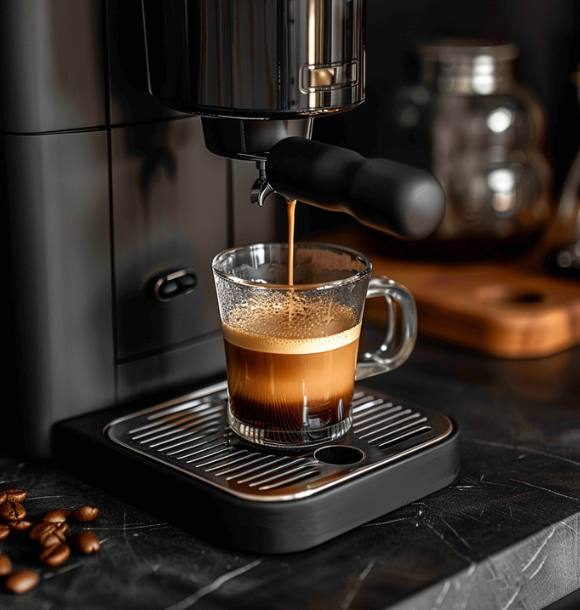
When mastering the espresso method, precision and expertise are required to achieve the perfect shot. Consider these key aspects:
- Quality beans: Use high-quality coffee beans specifically for espresso. The choice of beans greatly impacts the flavor and quality of the shot.
- Grind size: The grind size for espresso is finer than other brewing methods. This allows for better extraction and a richer flavor profile.
- Water temperature: Heat the water to around 195 to 205 degrees Fahrenheit (90 to 96 degrees Celsius). This temperature range ensures proper flavor extraction.
- Tamping pressure: Evenly compress the coffee grounds in the portafilter. Apply consistent pressure for even extraction.
- Brew time: The ideal brew time for an espresso shot is 25-30 seconds. This timeframe allows for the extraction of desirable flavors without any harsh or bitter elements.
- Crema: The golden-brown layer formed on top of a properly brewed espresso shot is called crema. It indicates a successful brewing process and enhances the sensory experience.
Mastering the espresso method takes practice and experimentation. Each step plays a crucial role in achieving a well-balanced and flavorful espresso shot. With the right beans, grind size, water temperature, tamping pressure, brew time, and the creation of crema, you can enjoy a delicious espresso experience.
The Importance of Coffee Quality
When it comes to coffee, quality is key. In this section, we’ll delve into the importance of coffee quality and how it impacts the coffee connoisseur. We’ll explore the art of sourcing high-quality coffee beans, as well as the significance of freshness and roasting levels. Get ready to discover the secrets behind a truly exceptional cup of joe that will elevate your coffee enjoyment to new heights.
Sourcing High-Quality Coffee Beans
Sourcing high-quality coffee beans involves considering several factors. Here are some key points to keep in mind:
1. Origin: When sourcing high-quality coffee beans, one must consider the origin. The origin plays a significant role in determining the flavor and quality of the beans. Different regions have distinct flavor profiles. For example, beans from Ethiopia are known for their fruity and floral notes, while beans from Colombia have a balanced and nutty profile.
2. Growing conditions: The growing conditions of coffee beans greatly impact their quality. Factors such as altitude, climate, and soil composition are important to consider. Higher altitude farms tend to produce beans with a more complex flavor, as they are exposed to unique environmental conditions.
3. Variety: Coffee beans come in different varieties, each offering a unique taste profile. Popular varieties include Arabica and Robusta. Arabica beans are highly regarded for their smooth and flavorful taste, making them a symbol of high-quality coffee. On the other hand, Robusta beans have a more robust flavor and higher caffeine content.
4. Processing method: The way coffee beans are processed after harvesting plays a crucial role in determining their flavor. There are different methods, including washed, natural, and honey processed. Each method brings out different characteristics in the beans, so it’s important to consider your preference when selecting beans.
5. Direct trade and fair trade practices: When sourcing high-quality coffee beans, it’s important to support coffee producers engaged in direct trade or fair trade practices. These practices ensure that farmers receive fair compensation for their hard work and promote sustainable farming methods. By choosing beans sourced through these channels, you contribute to the well-being of coffee farming communities.
Freshness and Roasting Levels
– Freshness and roasting levels are both crucial factors in determining the quality of coffee. After the roasting process, coffee beans gradually lose their freshness. To enjoy the optimal flavor, it is recommended to consume coffee within two weeks of the roast date.
– The taste of coffee is greatly influenced by the level of roasting. Light roast coffees are known for their bright and acidic profiles, while medium roasts offer a balanced flavor with subtle hints of sweetness. On the other hand, dark roasts are bolder and have a smoky taste.
– When purchasing coffee, it is important to check the roast date. It is advisable to choose recently roasted beans to ensure maximum freshness. It is best to avoid purchasing old beans that have been sitting on the shelf for a long time.
– To further enhance the freshness of your coffee, it is recommended to grind whole bean coffee just before brewing. Ground coffee tends to lose its freshness more quickly compared to whole bean coffee.
– Packaging also plays a significant role in maintaining the freshness of coffee. It is ideal to look for airtight bags that have one-way valves. These valves allow carbon dioxide to escape, preventing the coffee from getting stale, while also preventing oxygen from entering and spoiling its flavor.
– When considering the origin of coffee beans, it is worth noting that single-origin coffees tend to be fresher. This is because they have shorter supply chains, reducing the time between the harvesting and roasting processes.
– It is recommended to experiment with different roasting levels to find your preferred flavor. Personal preference plays a vital role in choosing the right roasting level, as there is no definitive right or wrong choice.
The Role of Baristas and Coffee Experts
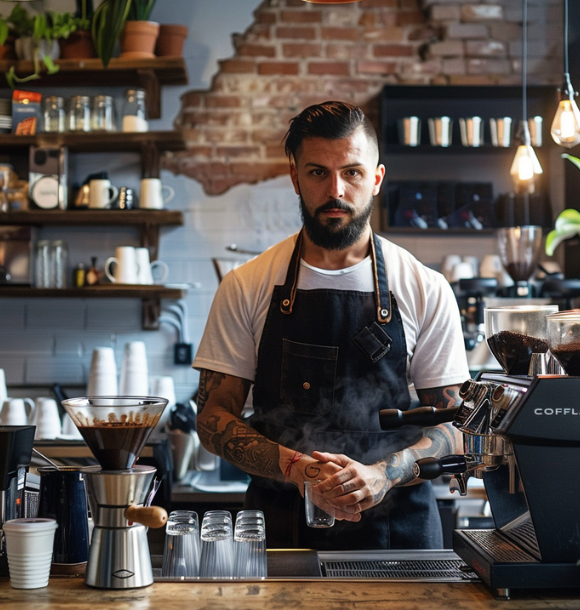
Baristas and coffee experts play a crucial role in the world of coffee connoisseurship. From their impeccable barista skills and techniques to the art of crafting the perfect latte and cappuccino, these coffee aficionados bring a whole new level of expertise to the table. Join me as we dive into the captivating world of baristas, where each sub-section will take us deeper into their intricate skills and the delightful creations they bring to life. Let’s sip our way through this intriguing journey!
Barista Skills and Techniques
Baristas possess essential skills and techniques that are crucial for creating the perfect cup of coffee. They must have a deep understanding of the following skills:
- Baristas must demonstrate expertise in properly extracting espresso to achieve a rich and flavorful shot. This process involves skillfully adjusting the grind size, evenly tamping the coffee, and controlling the extraction time to ensure a perfectly balanced combination of flavors.
- The art of steaming milk is vital for creating lattes, cappuccinos, and other milk-based beverages. Baristas need to master the technique of producing velvety microfoam by correctly positioning the steam wand, effectively aerating the milk, and achieving the desired temperature.
- Latte art allows baristas to showcase their creativity and attention to detail. It involves mastering pouring patterns and free pour designs to enhance the visual appeal of the coffee.
- The size of the coffee grounds and the amount of coffee used significantly impact the extraction process. Therefore, baristas need to excel in adjusting the grinder and accurately measuring and distributing the coffee grounds to ensure consistent and flavorful results.
- Baristas must also prioritize the cleanliness and maintenance of their equipment to guarantee optimal performance and hygiene. This includes regular cleaning of espresso machines, grinders, steam wands, and other tools.
Developing these skills requires practice, meticulous attention to detail, and a genuine passion for delivering exceptional coffee experiences. With mastery of these barista skills and techniques, professionals can elevate the art of coffee-making and create unforgettable moments for their customers.
Art of Latte and Cappuccino

The art of creating lattes and cappuccinos is essential for baristas and coffee enthusiasts. Mastering these drinks requires attention to detail and skill. When perfecting your latte or cappuccino, there are several key aspects to consider.
First, steaming the milk is crucial. Heat the milk to around 150°F (65°C) and froth it to achieve a velvety and creamy texture. This step is essential for creating the perfect latte or cappuccino.
Next, espresso extraction is vital. Brew a shot of espresso using freshly ground coffee beans and extract it for approximately 25-30 seconds. This process ensures that you have the right balance of flavors and aromas in your drink.
Layering is another important factor. A latte consists of espresso, steamed milk, and a thin layer of foam on top. On the other hand, a cappuccino has equal parts of espresso, steamed milk, and thick, velvety foam. Paying attention to how you layer these components will contribute to the overall taste and visual appeal of your latte or cappuccino.
Let your creativity shine through latte art. Pour the steamed milk into the espresso in specific patterns or designs to add aesthetic appeal. This artistic touch enhances the overall experience of enjoying a latte or cappuccino.
Remember, the temperature of the milk and the quality of the espresso greatly affect the taste and texture of the final product. Practice and experimentation are key to mastering the art of latte and cappuccino. With patience and attention to detail, you can create beautifully crafted, delicious beverages that will delight any coffee lover.
Modern Coffee Trends and Innovations
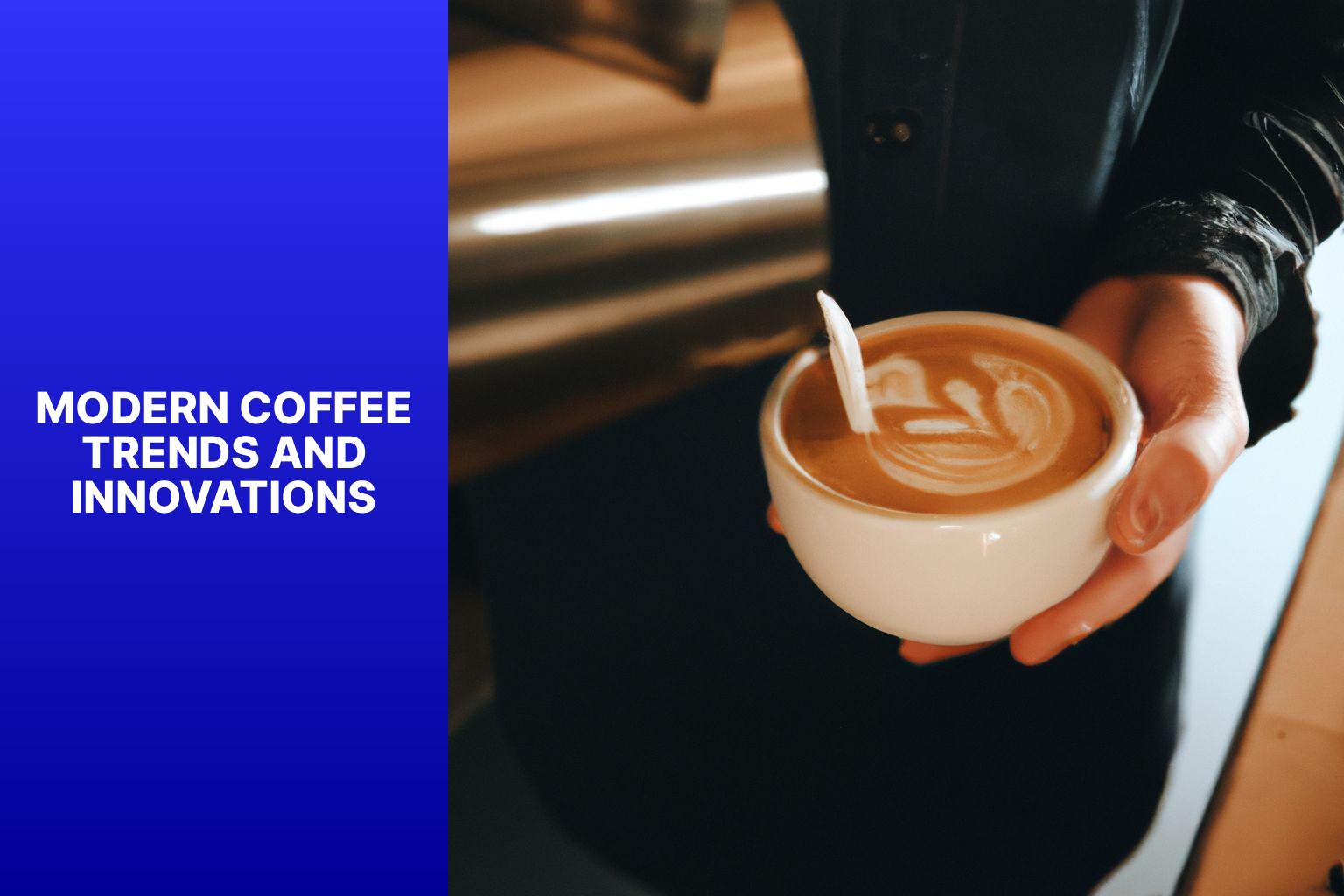
Photo Credits: Www.Moderngentlemanmagazine.Com by Gregory Martin
Join the coffee revolution with a glimpse into the exciting world of modern coffee trends. From the exotic flavors of single-origin and specialty coffees to the innovative alternative brewing methods, we’ll explore a range of delightful experiences for coffee enthusiasts. Discover the growing importance of organic and sustainable coffee practices, as we embark on a journey filled with unique blends and aromatic discoveries. Are you ready to elevate your coffee connoisseurship? Let’s dive in!
Single-Origin and Specialty Coffees
Single-origin and specialty coffees have become popular among coffee enthusiasts. These coffees offer unique flavors and exceptional quality.
1. Single-Origin Coffees
These coffees come from specific regions or farms, allowing coffee lovers to taste the distinct characteristics of each origin. Ethiopian coffee has fruity notes, while Colombian coffee has chocolatey undertones. Single-origin coffees provide a sense of terroir that can be savored.
2. Specialty Coffees
Specialty coffees meet strict standards set by the Specialty Coffee Association (SCA). They are carefully cultivated, resulting in exceptional flavor profiles and superior cupping scores. These coffees have unique attributes that set them apart from ordinary blends, making them a favorite among coffee connoisseurs.
Both single-origin and specialty coffees offer an opportunity to explore diverse and complex flavors. They allow coffee enthusiasts to appreciate the nuances that arise from growing conditions, processing methods, and varietals. The specialty coffee industry focuses on transparency and sustainability, benefiting farmers and providing consumers with remarkable experiences.
While single-origin and specialty coffees may be slightly more expensive, their exceptional quality and taste make them worth the investment. Whether you prefer the bright acidity of Kenyan single-origin or the rich and nutty flavors of specialty blends, these coffees will delight your taste buds and enhance your coffee enjoyment.
Alternative Brewing Methods
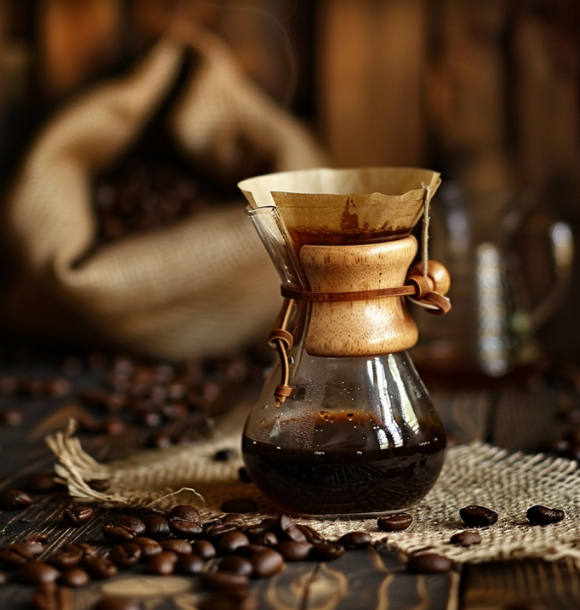
When it comes to coffee brewing, various methods can enhance your coffee experience. These methods offer unique flavors and brewing styles to cater to different preferences. Here are some alternative brewing methods:
1. Aeropress: The Aeropress is a versatile and portable brewing device that uses air pressure to extract flavors from coffee grounds. It produces a clean and rich cup of coffee, allowing you to adjust variables like water temperature and steeping time.
2. Chemex: The Chemex is a pour-over coffee maker that uses a thick paper filter to produce a clean and smooth cup of coffee. Its hourglass shape and special brewing technique ensure an even brew and balanced flavor.
3. Siphon: Also known as a vacuum coffee maker, the siphon uses vapor pressure and vacuum suction to brew coffee. It’s a visually stunning method that produces a clean and flavorful cup, highlighting the coffee’s delicate aroma.
4. Cold Brew: Cold brew is a method where coffee grounds steep in cold or room temperature water for 12-24 hours. This slow extraction process results in a smooth and less acidic cup of coffee, perfect for those who prefer a refreshing and less bitter taste.
5. French Press: The French Press is a classic method involving steeping coffee grounds in hot water and separating the grounds using a plunger. It produces a bold and full-bodied cup, with a rich texture and robust flavor.
By exploring these alternative brewing methods, you can discover new flavors and techniques that elevate your coffee experience. Each method offers a unique way to extract flavors from coffee, allowing you to customize your brew according to your preferences. Whether you prefer a clean and light cup or a bold and strong one, these alternative brewing methods provide a wide range of options to enjoy.
Organic and Sustainable Coffee Practices

When it comes to Organic and Sustainable Coffee Practices, there are several factors to consider. First and foremost, look for coffee that has Fair Trade certification. This ensures that the farmers receive fair payment for their hard work and that ethical labor practices are in place.
It is important to choose coffee that is certified as organic. This means that it was grown without the use of synthetic pesticides or fertilizers, which helps to protect the environment and promote biodiversity.
Another factor to consider is whether the coffee is shade-grown. Opting for shade-grown coffee helps to preserve natural habitats and support bird populations.
When selecting coffee, it is also beneficial to choose brands that participate in Direct Trade. This means that they have established direct relationships with coffee farmers, ensuring fair prices and high-quality beans through collaboration.
Sustainable farming practices are another key element to look for. Coffee that is produced using methods like regenerative agriculture or agroforestry promotes soil health and reduces water usage.
Some coffee brands strive to be Carbon Neutral or offset their emissions through initiatives like tree planting or renewable energy projects. Supporting these brands can help contribute to a more sustainable coffee industry.
It is also important to consider the packaging when making a conscious choice. Look for coffee that is packaged in eco-friendly materials, such as recyclable or biodegradable packaging, in order to minimize waste.
Supporting social initiatives in coffee-growing communities, such as education programs or healthcare initiatives, is another way to contribute to organic and sustainable coffee practices.
By considering all of these factors, you can make a conscious choice to support organic and sustainable coffee practices and contribute to a more sustainable coffee industry.
Frequently Asked Questions
What are the characteristics of a coffee connoisseur?
A recent survey found that coffee connoisseurs are more likely to be men and belong to the Gen X generation. They have a deep knowledge and appreciation for coffee, prioritize freshness, and are committed to responsible sourcing.
What is the preferred choice of roast for coffee connoisseurs?
Both connoisseurs and non-connoisseurs prefer medium roast coffee, with 48% of respondents selecting this option. Medium roast offers a balanced flavor profile that appeals to a wide range of coffee enthusiasts.
Do coffee connoisseurs judge others for mispronouncing “espresso”?
Yes, according to the survey, coffee connoisseurs are more likely to judge others for mispronouncing “espresso” with an “x”. It’s interesting to note that they themselves reported mispronouncing the word at a higher rate.
What are some popular additives for coffee among coffee connoisseurs?
Popular additives among coffee connoisseurs include milk or cream. It’s worth mentioning that a small percentage of respondents reported adding CBD oil to their morning brew, primarily among Gen X, Gen Z, and millennials.
What factors do coffee connoisseurs prioritize when purchasing coffee?
When purchasing coffee, both connoisseurs and non-connoisseurs prioritize freshness. They also consider caffeine content and taste profile. Coffee connoisseurs specifically value responsible sourcing, environmental sustainability, and meeting certain standards.
How do coffee connoisseurs differ in their coffee preferences based on generation?
The survey revealed that Gen Z coffee connoisseurs are willing to travel an average of two miles for the best cup of coffee, while millennials are willing to travel three miles. Baby boomers, on the other hand, were the least likely to go out of their way for coffee.
